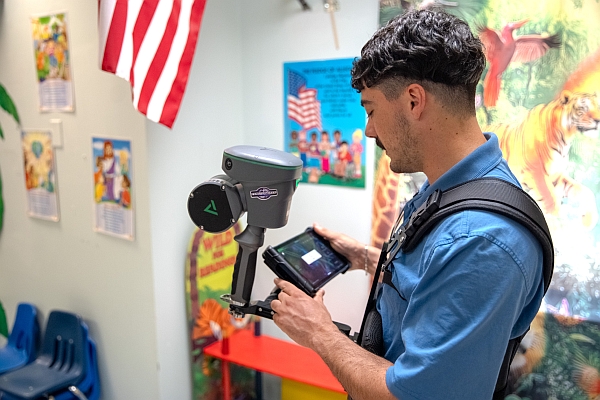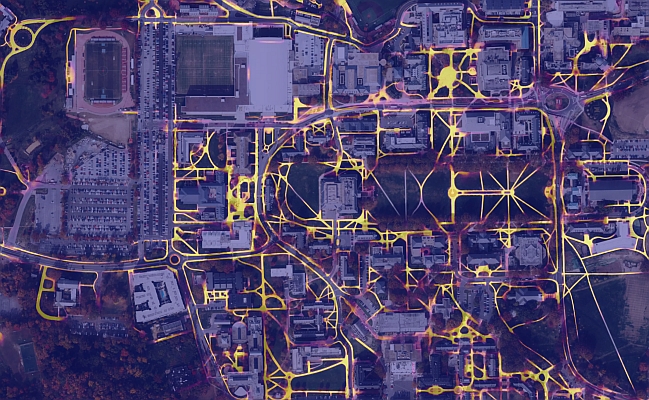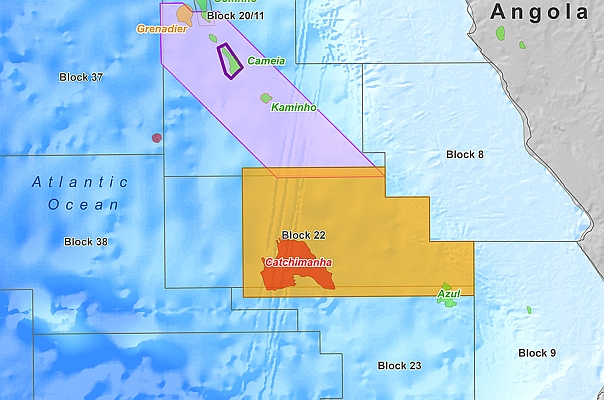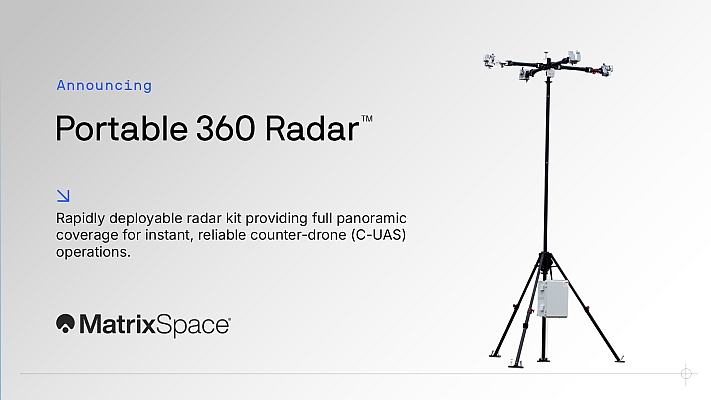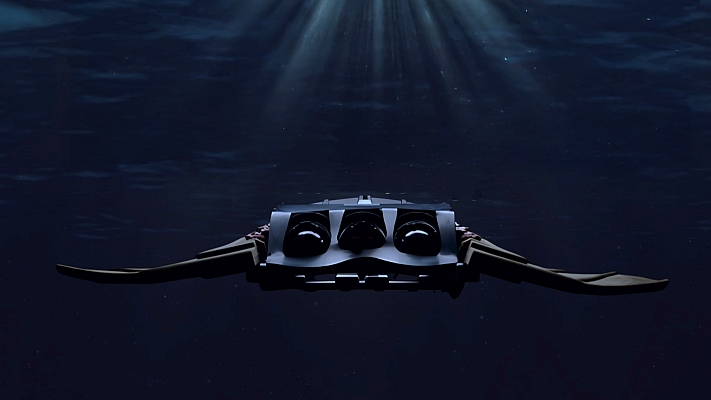With the launch of the first GPS satellite transmitting signals on L5, researchers and other GNSS specialists interested in evaluating and monitoring GPS and Galileo signals on 2 common frequencies, can now perform tests with live signals from both constellations on L1 and L5/E5a using off-the-shelf commercial GNSS receivers from Septentrio.
Septentrio receivers are successfully tracking the new L5 signal transmitted from GPS satellite SVN49. This IIR-M satellite was launched on March 24 2009 and carries a demonstration payload capable of transmitting the new L5 signal, in addition to the standard L1/L2 payload. The satellite started transmitting in the L1 and L2 band on March 28, shortly after having been boosted to its quasi-circular orbit. The turn-on of the demonstration L5 signal occurred on Friday April 10 around 11:58 UTC.
Septentrio receivers are now successfully tracking a total of 5 signals broadcast by SVN49: L1-CA, L1-P(Y), L2-P(Y), L2C and, last but not least, L5. Septentrio offers its customers a special firmware adapted to track the L5 test signal on the standard commercial platform PolaRx3G.
Additionally, these same receivers are capable of tracking Galileo signals in the L1 and L5-band as well, offering opportunities for the first ever dual-frequency GPS/Galileo trials using signals in the same frequency bands.
Septentrio Satellite Navigation NV designs, manufactures, markets and supports high-end OEM GNSS receivers for demanding professional navigation, positioning and timing applications. Septentrio has an international team of experts in all areas of satellite navigation receiver design and applications.
For more information, please visit www.septentrio.com


